|
Vegetable Seedling Identification -SquashSquash-Summer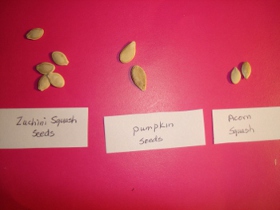
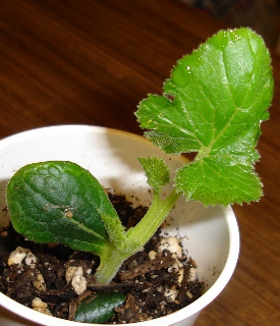
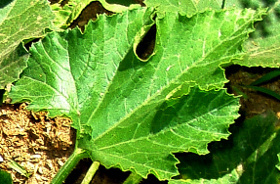
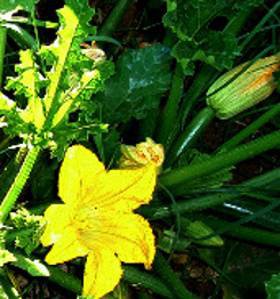 Vegetable seedling identification is an important part of gardening, especially when weeding. One of the easiest and most productive garden plants is the summer squash. You can grow several varieties if you are not planning to save seeds.
Vegetable seedling identification is an important part of gardening, especially when weeding. One of the easiest and most productive garden plants is the summer squash. You can grow several varieties if you are not planning to save seeds. Be aware that they will not only cross pollinate each other, but also most winter squash varieties as well. They will not cross with cucumbers or melons. Summer squash are harvested while still immature, as they are most tender then. They do not store well, and should be used within 3 days after picking. Sow summer squash seeds after all danger of frost is past. Directions on packages generally suggest planting in hills, using about 5 seeds per hill. You can also plant them in a regular bed, just be careful not to overwater. They should be planted about 1 inch deep. If using hills, thin to no more than the 2 healthiest plants when they are several inches high. These plants grow in a bush form, and do not vine. They will require 2-3 feet between plants. Because they are so prolific, you will only want one or two plants per variety. They can produce an amazing amount of young squash as long as you keep them picked regularly. You will want to pick them between 6-8 inches in length, while the rind is young and tender. Most of the nutrition is just below the skin, and they should be cooked with the skin on. They will grow in most soils, as long as they have adequate water As you can see in the photos, the initial leaves are rounded and smooth-edged, and the true leaves are lobed and serrated. The blossom end is easy to recognize as the young squash grows. The blossoms of summer and winter squash will be produced as males or females. The females have the thick stems, often showing a small squash growing just 4-8 days after opening. All squash blossoms can be eaten, either raw or cooked. They can be battered and deep fried as a treat. Be sure to leave some of each sex if you want more production. Some of the better known varieties of summer squash are:
Squash-Winter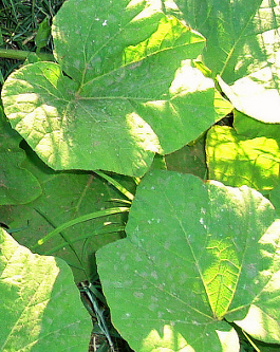
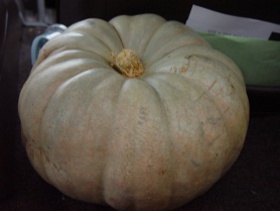 Winter squash are called that because they generally are mature, have a tough rind and store for months after harvesting. They are considerably higher in nutrition than summer squash due to having matured. Usually their flesh is yellow or orange rather than white like most summer squash.
Winter squash are called that because they generally are mature, have a tough rind and store for months after harvesting. They are considerably higher in nutrition than summer squash due to having matured. Usually their flesh is yellow or orange rather than white like most summer squash.Their growth habit is vining rather than bush, and they need to be spaced about 5-6 feet apart. They grow during the summer, and fruit takes about 100 days after germination to reach maturity. They should be harvested in late fall, just before the first frost, with a couple of inches of stem attached. Plant the seeds 1 inch deep, in hills 6 feet apart, 4 months before your first frost date or earlier in summer when all danger of frost is past. The Delicata is called a winter squash, because it has the vining growth, higher nutrients and orange flesh. It is actually in the same family as summer squash though, and does not hold as well as most winter squash. So it's kind of in between. Pick when the deep color says it is mature, and the rind is hard. Let it cure for a week at least in a warm room before using. It is an heirloom variety and tastes like sweet potatoes/yams. Popular and well known varieties of winter squash are:
Examing winter squash after harvest for bruises, or imperfections. If you find any dents,cracks, or pits or if the fruit was exposed to a frost, it will not store well and shouldbe used soon. Winter squash seeds can be washed, roasted or baked, and salted and eaten as a snack.
|





